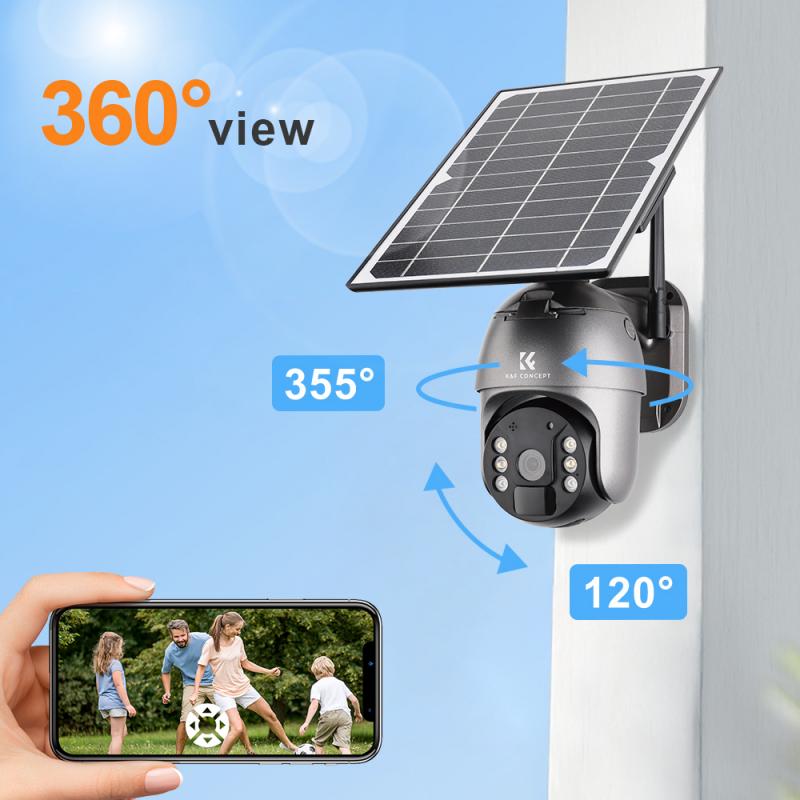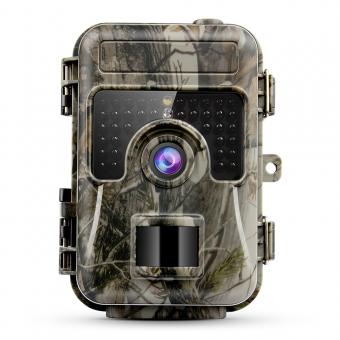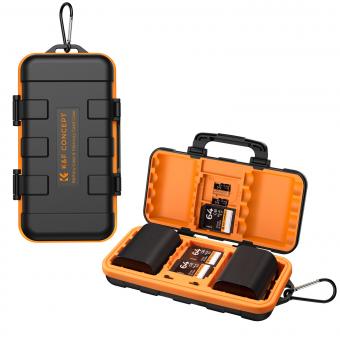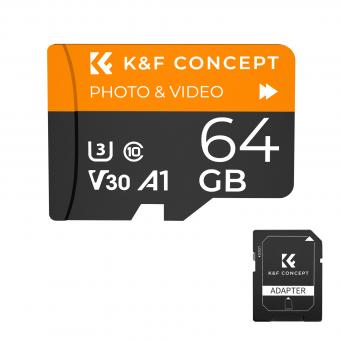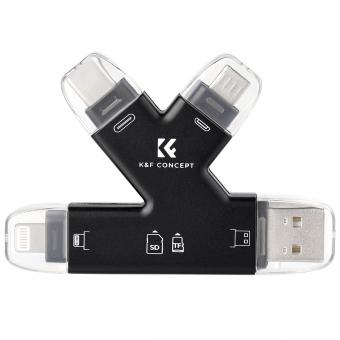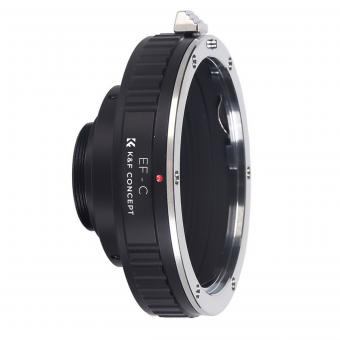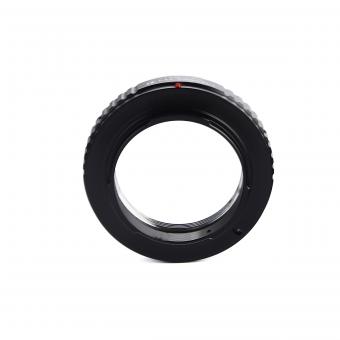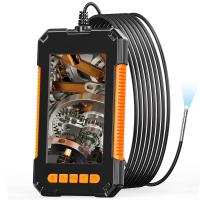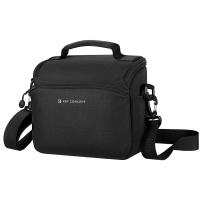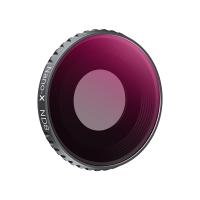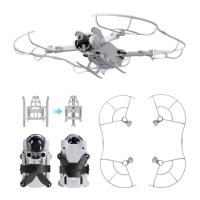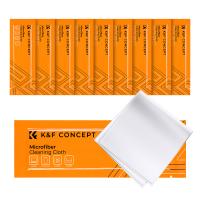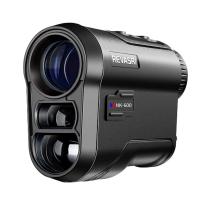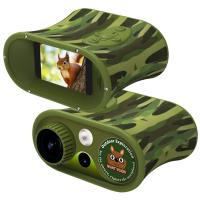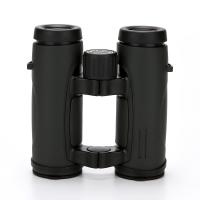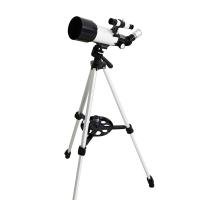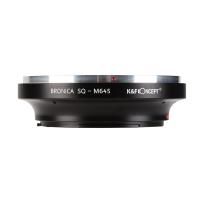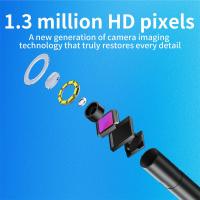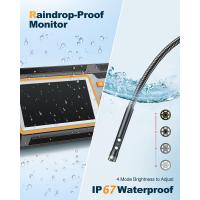What Size Sd Card For Trail Camera ?
The size of the SD card for a trail camera depends on your specific needs and preferences. Generally, trail cameras are compatible with SD cards ranging from 8GB to 128GB or even higher. The size of the SD card you choose will depend on factors such as the frequency of camera use, the desired image/video quality, and the duration between card retrieval. If you plan to use the trail camera frequently or capture high-resolution images/videos, a larger capacity SD card would be suitable to ensure you have enough storage space. However, if you plan to check the camera and retrieve the SD card regularly, a smaller capacity card may suffice. It is always recommended to check the trail camera's user manual or manufacturer's specifications for the recommended SD card size.
1、 SD card capacity recommendations for trail cameras
SD card capacity recommendations for trail cameras can vary depending on the specific needs and preferences of the user. However, a common recommendation is to use SD cards with a capacity of at least 32GB. This size allows for ample storage space to capture a significant number of high-resolution photos and videos without the need for frequent card changes.
With advancements in trail camera technology, higher-capacity SD cards are becoming more popular. Many trail cameras now support SD cards with capacities of up to 512GB or even 1TB. These larger capacity cards are particularly useful for users who plan to leave their trail cameras unattended for extended periods or capture a large volume of high-resolution media.
It is important to consider the resolution and quality settings of your trail camera when choosing an SD card. Higher resolution photos and videos will take up more storage space, so if you plan to capture high-quality media, it is advisable to opt for a larger capacity SD card.
Additionally, the type of wildlife you are monitoring and the frequency of camera visits can also influence your choice of SD card capacity. If you are monitoring a high-traffic area with frequent animal activity, you may want to consider a larger capacity card to ensure you don't miss any important footage.
Ultimately, the choice of SD card capacity for a trail camera depends on individual preferences and requirements. It is always a good idea to check the manufacturer's recommendations and consider the specific needs of your wildlife monitoring project before making a decision.
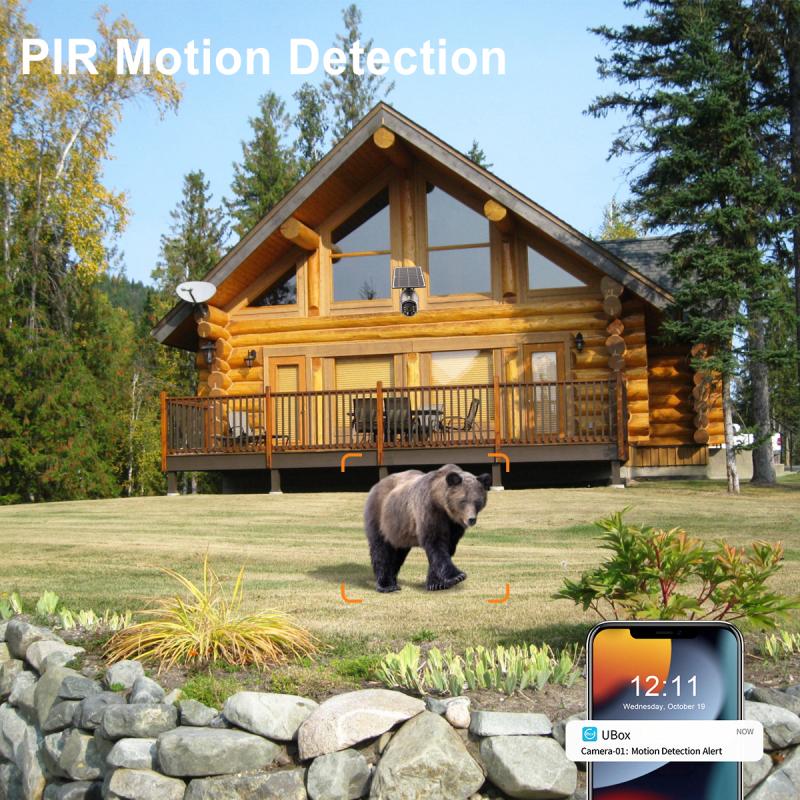
2、 Factors to consider when choosing an SD card for trail cameras
Factors to consider when choosing an SD card for trail cameras:
1. Storage capacity: The size of the SD card you choose will depend on how frequently you plan to check your trail camera and how many photos or videos it captures. If you check your camera regularly, a smaller capacity card may be sufficient. However, if you plan to leave your camera unattended for longer periods, a larger capacity card, such as 32GB or 64GB, would be more suitable.
2. Speed class: The speed class of an SD card determines how quickly data can be written to and read from the card. For trail cameras, a higher speed class is recommended to ensure smooth and uninterrupted recording. Look for cards with a minimum speed class of Class 10 or UHS-I.
3. Durability: Trail cameras are often used in outdoor environments, so it's important to choose an SD card that is durable and can withstand harsh conditions. Look for cards that are waterproof, shockproof, and temperature resistant to ensure they can handle the elements.
4. Brand reputation: Opt for SD cards from reputable brands known for their reliability and performance. Brands like SanDisk, Lexar, and Samsung are popular choices among trail camera users.
5. Compatibility: Ensure that the SD card you choose is compatible with your trail camera. Most trail cameras support SDHC (Secure Digital High Capacity) or SDXC (Secure Digital Extended Capacity) cards, so check the specifications of your camera before purchasing.
6. Latest point of view: With the advancement of technology, SD cards with larger storage capacities, such as 128GB or even 256GB, are becoming more common. These larger cards can store a significant amount of data, allowing you to capture more photos and videos without the need for frequent card changes. However, it's important to note that not all trail cameras may support these larger capacity cards, so always check the camera's specifications before purchasing. Additionally, the speed class of SD cards has also improved, with UHS-II and UHS-III cards offering even faster data transfer speeds. These higher speed cards can be beneficial for capturing high-resolution images or recording videos in 4K or higher quality.
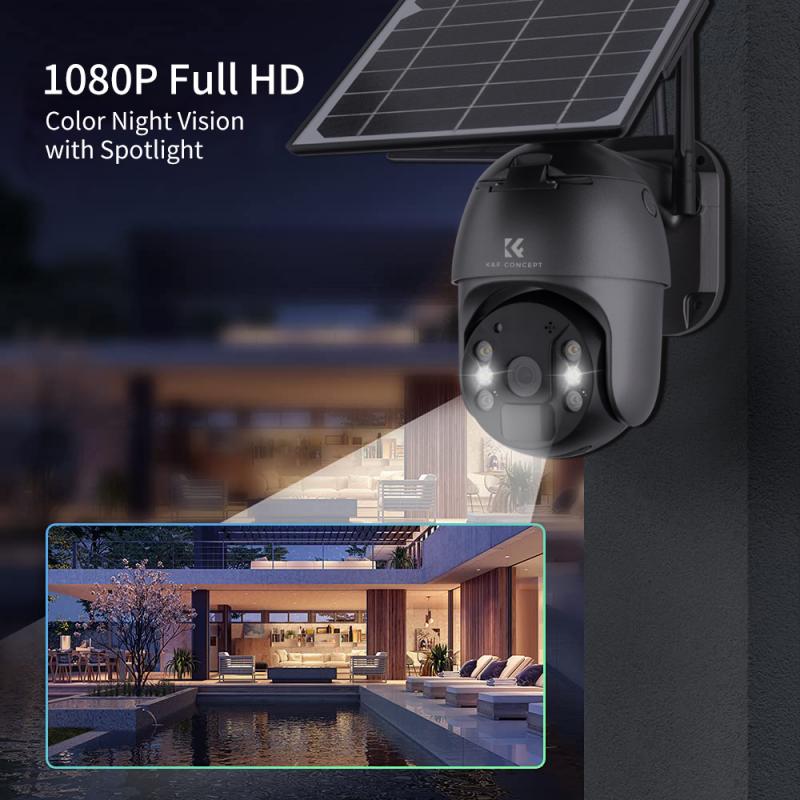
3、 Recommended SD card sizes for different trail camera resolutions
Recommended SD card sizes for different trail camera resolutions can vary depending on the specific camera model and the user's preferences. However, there are some general guidelines that can help determine the appropriate size.
For lower resolution trail cameras, such as those with 720p or 1080p resolution, a 16GB or 32GB SD card should be sufficient. These cameras typically produce smaller file sizes, so a smaller capacity card can store a good amount of footage.
For higher resolution trail cameras, such as those with 4K resolution, a larger capacity SD card is recommended. 64GB or 128GB cards are commonly used for these cameras, as the higher resolution footage takes up more storage space.
It's also important to consider the frequency of camera visits and the desired duration of footage storage. If the camera is checked regularly and the footage is downloaded frequently, a smaller capacity card may be sufficient. However, if the camera is left unattended for longer periods or if the user wants to store a large amount of footage before downloading, a larger capacity card is advisable.
Additionally, it's worth noting that the latest SD card technology is the SDXC (Secure Digital eXtended Capacity) format, which supports capacities up to 2TB. However, trail cameras typically do not require such large capacities, and the cost of higher capacity cards may not be justified for most users.
In conclusion, the appropriate SD card size for a trail camera depends on factors such as camera resolution, desired storage duration, and frequency of camera visits. It's recommended to choose a card size that balances these factors while considering the user's specific needs and budget.
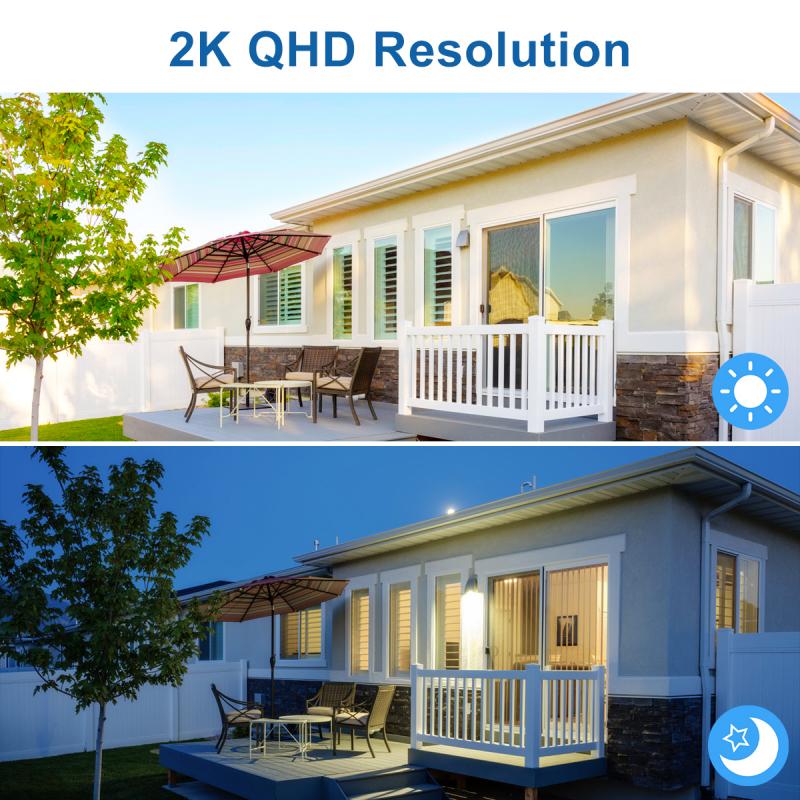
4、 Understanding the relationship between SD card size and photo/video quality
Understanding the relationship between SD card size and photo/video quality is crucial when it comes to trail cameras. The size of the SD card refers to its storage capacity, which determines how many photos and videos can be stored on the card. However, it is important to note that the size of the SD card does not directly affect the quality of the photos or videos captured by the trail camera.
The quality of the photos and videos is primarily determined by the camera's resolution and lens quality. Higher resolution cameras with better lenses will generally produce higher quality images and videos, regardless of the size of the SD card. Therefore, it is essential to invest in a trail camera with good resolution and lens quality if you want to capture high-quality footage.
That being said, the size of the SD card is still important as it determines how many photos and videos can be stored before the card needs to be replaced or emptied. If you plan on leaving your trail camera unattended for an extended period, a larger SD card would be beneficial as it allows for more storage capacity. This is particularly useful if you are capturing a lot of footage or if you are unable to check the camera frequently.
In terms of the latest point of view, advancements in technology have led to the availability of larger capacity SD cards. Nowadays, SD cards with capacities of 128GB, 256GB, and even 512GB are readily available. These larger capacity cards provide ample storage space for extended periods of use without the need for frequent card replacements.
In conclusion, when it comes to trail cameras, the size of the SD card does not directly affect the quality of the photos or videos captured. However, it is important to choose an SD card with a sufficient storage capacity based on your specific needs and usage patterns.
